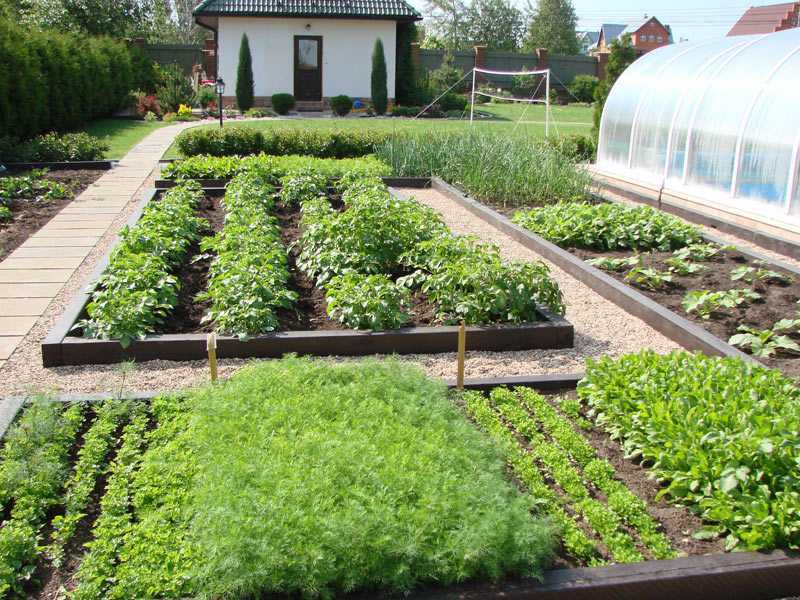Creating a kitchen garden on a 15 acre homestead is an exciting journey towards self-sufficiency and a sustainable lifestyle. Whether you’re a seasoned homesteader or a beginner, transforming your land into a productive oasis can bring immense satisfaction and a bounty of fresh produce.

Why Choose a Kitchen Garden?
A kitchen garden offers numerous benefits. It provides fresh vegetables, herbs, and fruits right at your doorstep, reducing your reliance on store-bought produce. This not only saves money but also ensures that you consume chemical-free, organic food. A kitchen garden is also a step towards reducing your carbon footprint and promoting biodiversity on your land.
Planning Your Homestead
Understanding Your Land
Before you start planting, it’s essential to understand the unique characteristics of your 15-acre homestead. Analyze the soil type, climate, and topography to determine the best areas for your kitchen garden. Consider factors like sunlight, water availability, and wind patterns to optimize your garden’s layout.
Setting Realistic Goals
Setting realistic goals is crucial in the initial stages. Start small and gradually expand your kitchen garden as you gain more experience. This approach allows you to manage resources effectively and prevents overwhelming tasks.
Designing Your Kitchen Garden
Choosing the Right Crops
Select crops that suit your climate and soil conditions. Opt for a mix of vegetables, herbs, and fruits to ensure a diverse and nutritious diet. You can explore seasonal planting to maximize your garden’s productivity throughout the year.
Implementing Sustainable Practices
Embrace sustainable practices such as crop rotation, composting, and mulching to enhance soil fertility and reduce pest infestations. These methods contribute to the long-term health of your kitchen garden.
Maintaining Your Homestead
Water Management
Efficient water management is key to a thriving garden. Implement rainwater harvesting systems to collect and store water for irrigation. This not only conserves water but also reduces utility bills. Learn more about rainwater harvesting here.
Pest and Disease Control
Adopt natural pest control methods such as companion planting and introducing beneficial insects. Regularly monitor your plants for signs of diseases and take timely actions to prevent outbreaks.
Community and Resources
Connecting with Fellow Homesteaders
Building a network with other homesteaders can be invaluable. Share experiences, tips, and resources to enhance your knowledge and support each other in your homesteading endeavors.
Utilizing Online Resources
Explore online platforms and communities dedicated to homesteading. Websites like Mother Earth News offer a wealth of information on sustainable living and kitchen gardening.
Overcoming Challenges
Weather Conditions
Weather can be unpredictable, but with proper planning, you can mitigate its impact. Consider using greenhouses or row covers to protect your crops from extreme conditions.
Time Management
Managing a kitchen garden on a 15-acre homestead requires time and effort. Create a schedule to balance gardening tasks with other responsibilities effectively.
Embracing the Homesteading Lifestyle
Living on a 15-acre homestead with a thriving kitchen garden is more than just a lifestyle choice; it’s a commitment to sustainability, health, and community. By embracing this way of life, you contribute to a greener planet and inspire others to follow suit.

FAQs
1. What are the best crops for a kitchen garden?
The best crops depend on your local climate and soil conditions. Common choices include tomatoes, peppers, lettuce, basil, and strawberries.
2. How can I manage pests naturally?
Natural pest management methods include companion planting, using insecticidal soap, and introducing beneficial insects like ladybugs and bees.
3. How do I start a kitchen garden on a budget?
Start small, use recycled materials for garden structures, and grow plants from seeds instead of buying seedlings. Composting kitchen scraps also helps reduce costs.





